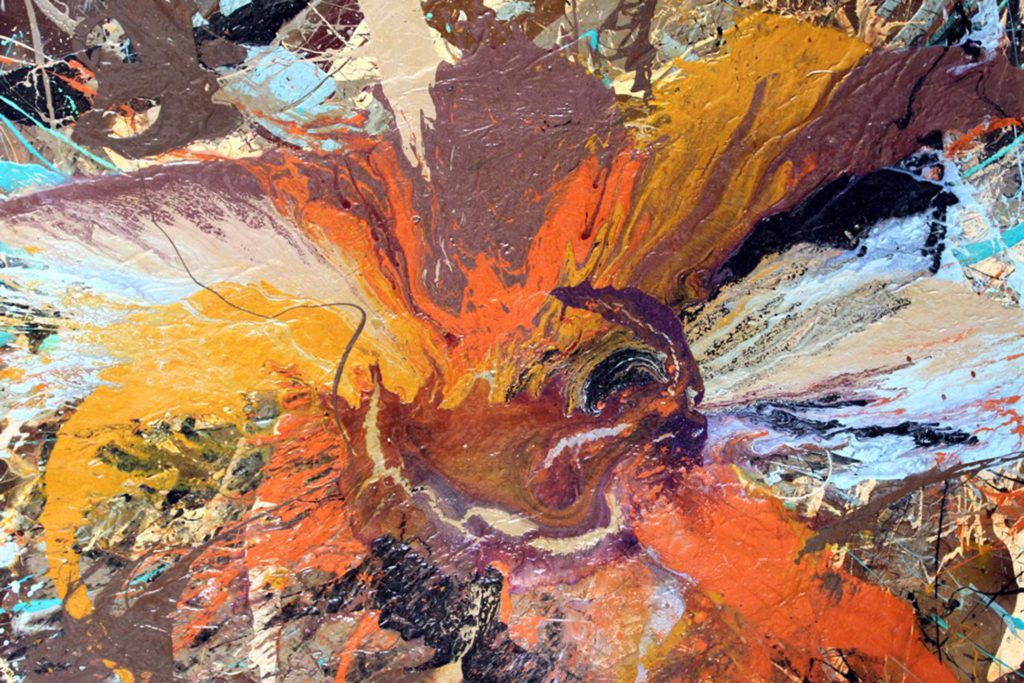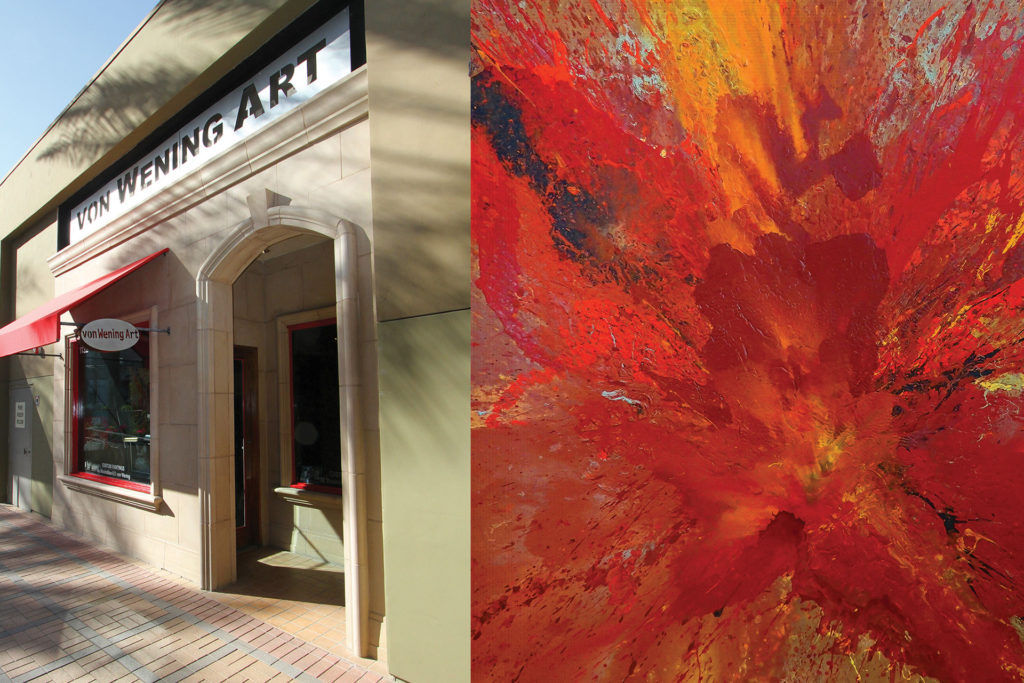What is Giclée?
Giclée: French, meaning to spray or to spread. In art terminology, giclée refers to medium to large format inkjet printing of artworks using archival grade ink and with high quality reproduction. The color fidelity is extremely accurate to the original, and long term archivability is certainly an important aspect. Products are specifically targeted to being displayed using bright, direct, indoor lighting.

Fine Art printing has become even better and more affordable with the advent of the revolutionary Giclée (ghee-clay) printing process. In the Giclée process, a very fine stream of ink (more than four million droplets per second) is sprayed onto archival art paper, canvas, or any other suitable material. Each piece of paper or canvas is carefully hand mounted onto a rotating drum for printing. Exact calculation of hue, value, and density control the ink flow precisely from four color nozzles. A combination of 512 chromatic changes (Over three million colors are possible) are produced. Since no screens are used in Giclee printing, the prints have a higher resolution than lithographs and the dynamic color range is greater than serigraphy. The water-based ink used is of a high quality, is highly saturated, and is non-toxic.



